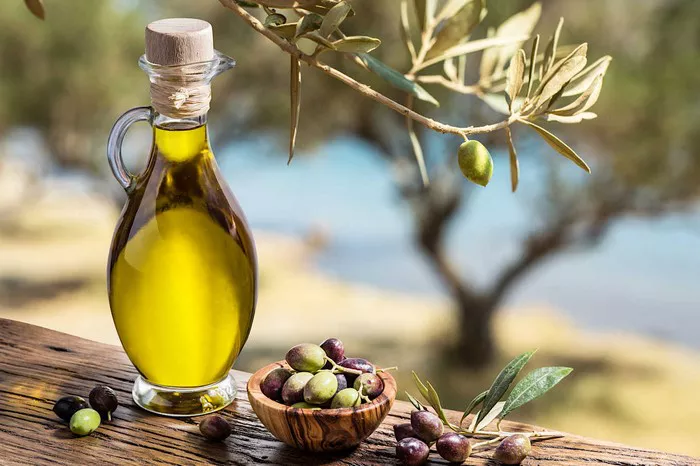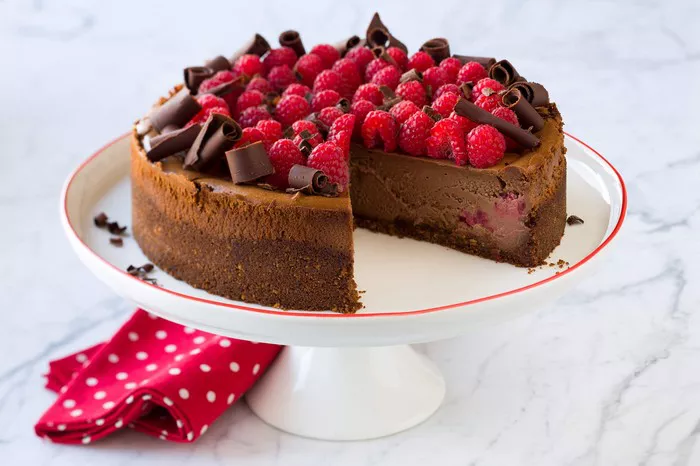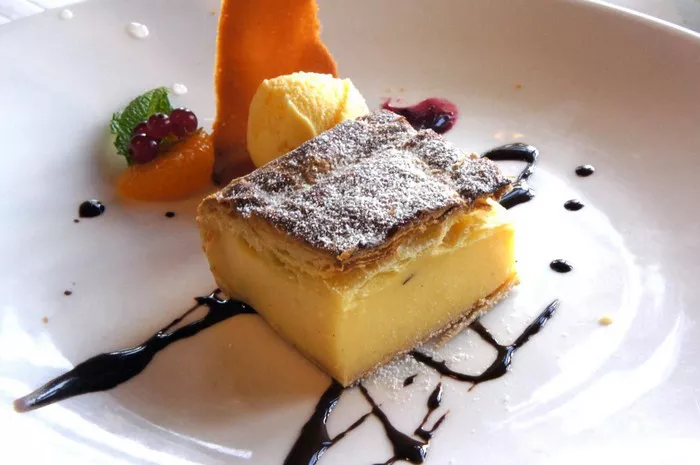Cassata cake is a delicious and colorful dessert that originates from Italy. Its vibrant layers and rich flavors make it a popular treat for special occasions and holidays. This cake is well-known for its combination of light sponge cake, sweet ricotta cheese, and candied fruits. Let’s dive deeper into what makes up this classic Italian dessert and the ingredients that give it its unique taste and appearance.
The History of Cassata Cake
Cassata cake has a rich history that dates back to Sicily, an island in the Mediterranean Sea that is part of Italy. The cake’s origins are believed to date back to Arab rule in Sicily during the 10th century. The Arabs introduced sugar, citrus fruits, and almonds to the island, which later became important ingredients in the development of this dessert.
Over time, Cassata cake evolved and was influenced by other cultures, including the Spanish and Italians. It was originally made as a type of sweet bread, but over the centuries, it has become more refined, turning into the colorful, creamy cake we know today.
Key Ingredients in Cassata Cake
To understand what makes Cassata cake so special, let’s explore its main ingredients in detail. Each component contributes to the flavor, texture, and appearance of the cake.
1. Sponge Cake (Pan di Spagna)
At the heart of every Cassata cake is a light and fluffy sponge cake. The sponge cake is the base that holds the other ingredients together. Made from simple ingredients like eggs, sugar, flour, and a bit of vanilla or citrus zest, the sponge cake is baked to perfection to create a light, airy texture.
The cake is often soaked in a syrup made of fruit juices, alcohol, or liqueurs like rum or Marsala wine. This soaking process helps to keep the cake moist and adds a subtle flavor that complements the other components.
2. Ricotta Cheese
Ricotta cheese is a central ingredient in Cassata cake and contributes to its creamy filling. Ricotta is a soft, fresh cheese that is mildly sweet and has a smooth texture. It is often mixed with sugar and sometimes a bit of vanilla extract or citrus zest to create a sweet, flavorful filling.
In many traditional recipes, the ricotta cheese is strained to remove excess moisture, ensuring a thick and creamy consistency. It is essential for creating the rich, indulgent layer of cream inside the cake.
3. Candied Fruits
Candied fruits are another key feature of Cassata cake, giving it both color and sweetness. A variety of fruits can be used, but the most common ones include candied oranges, cherries, and citron. These fruits are often diced and incorporated into the ricotta mixture or arranged on top of the cake as a decorative element.
The candied fruits add a chewy texture and a burst of sweetness that balances the richness of the other ingredients. The colorful fruits also make Cassata cake visually appealing and festive.
4. Marzipan
Marzipan is a sweet almond paste that is often used to cover the cake or as a decorative element. Marzipan adds a subtle nutty flavor and smooth texture to the cake. It is typically rolled out into thin sheets and used to coat the cake before it is decorated with additional fruit and icing.
Marzipan can also be shaped into decorative figures, such as flowers or fruits, to enhance the cake’s appearance. The almond flavor of the marzipan pairs beautifully with the ricotta filling and sponge cake.
5. Icing and Decoration
To complete the cake, Cassata is often topped with a glossy layer of icing. The icing can be made from sugar, water, and sometimes a bit of lemon juice or egg whites to help it set. This shiny layer gives the cake a beautiful, polished look.
Additionally, Cassata cakes are typically decorated with more candied fruits, colorful sprinkles, or chocolate shavings. The decoration is important, as it not only makes the cake look attractive but also adds extra texture and flavor to each bite.
Assembling the Cake
The process of making Cassata cake is somewhat intricate, but it is definitely worth the effort. Here is an overview of how the cake is assembled:
Layer the Sponge Cake: The sponge cake is sliced into even layers. These layers are then soaked with a flavored syrup, such as fruit juice or liqueur.
Prepare the Ricotta Filling: The ricotta cheese is mixed with sugar, vanilla, and candied fruit to create the filling. The mixture is spread evenly between the layers of sponge cake.
Stack the Layers: The soaked sponge cake layers are stacked on top of each other with the ricotta filling in between. The entire cake is then covered with a layer of marzipan.
Apply the Icing: Once the cake is assembled, it is covered with a smooth layer of icing, which is then allowed to set and harden.
Decorate the Cake: Finally, the cake is decorated with additional candied fruits, marzipan decorations, or other edible embellishments to give it its signature look.
Regional Variations of Cassata Cake
While the traditional Sicilian Cassata cake is the most well-known version, there are several regional variations. In some parts of Italy, the cake may be made without marzipan or decorated with different types of fruits. Some versions are made with a more decadent, chocolate-flavored sponge cake, while others may use a more subtle citrus flavor.
In other countries with Italian influences, Cassata cake has been adapted to suit local tastes. For example, in the United States, Cassata cake might be made with a lighter, less rich filling, or it may incorporate different flavors of fruit. Despite these variations, the essence of the cake remains the same, with its layers of moist sponge cake, creamy ricotta filling, and colorful fruit.
Why Is Cassata Cake So Popular?
Cassata cake is popular for several reasons. First and foremost, it’s a delicious combination of flavors and textures. The sweetness of the ricotta cheese pairs perfectly with the tangy flavor of the candied fruits. The light sponge cake provides a soft, airy base, while the marzipan adds a rich almond taste.
Another reason for the cake’s popularity is its beautiful appearance. The vibrant colors of the candied fruits and marzipan decorations make it a visually striking dessert. It’s often served during special occasions, such as weddings, holidays, and birthday parties, where its festive look adds to the celebratory atmosphere.
Lastly, the cake’s rich history and cultural significance make it a beloved dessert. It is deeply rooted in Sicilian tradition, and many people associate it with family gatherings and holiday celebrations.
Tips for Making Cassata Cake
If you’re planning to make Cassata cake at home, here are some tips to help you get the best results:
Use Fresh Ricotta: Fresh ricotta cheese will yield the best texture and flavor for the filling. If the ricotta is too watery, be sure to drain it before using it.
Don’t Skimp on the Syrup: Soaking the sponge cake in syrup helps keep it moist and adds extra flavor. You can use fruit juices, liqueurs, or even a simple sugar syrup.
Take Your Time with the Decoration: The decoration is what gives Cassata cake its signature look. Don’t rush the decorating process. Use candied fruits, marzipan, or even edible flowers to make the cake look beautiful.
Let It Set: After assembling the cake, be sure to let it set for a few hours or overnight. This will allow the flavors to meld and make it easier to slice.
Conclusion
Cassata cake is a delightful and visually stunning dessert that combines rich, creamy flavors with a colorful presentation. Made from sponge cake, ricotta cheese, candied fruits, marzipan, and icing, this traditional Italian dessert is perfect for special occasions and celebrations. Whether you’re enjoying it during the holidays or at a family gathering, Cassata cake is sure to impress with its layers of flavor and beautiful design.
The next time you want to indulge in something truly special, try making or enjoying a slice of Cassata cake – it’s a taste of Italy’s sweet history in every bite.
Related topics


























